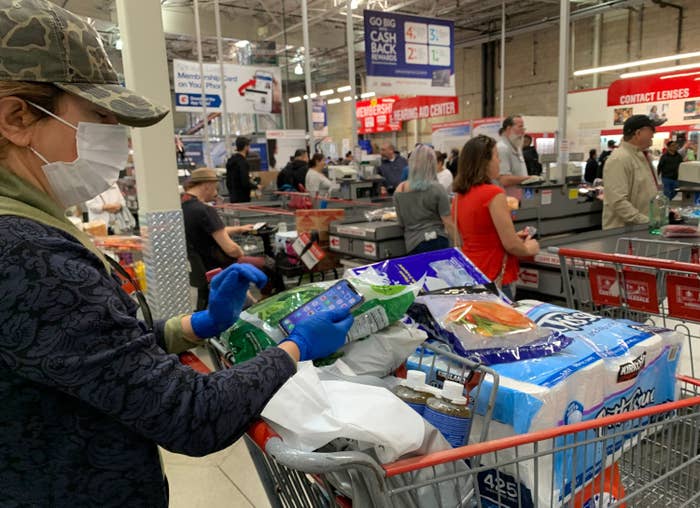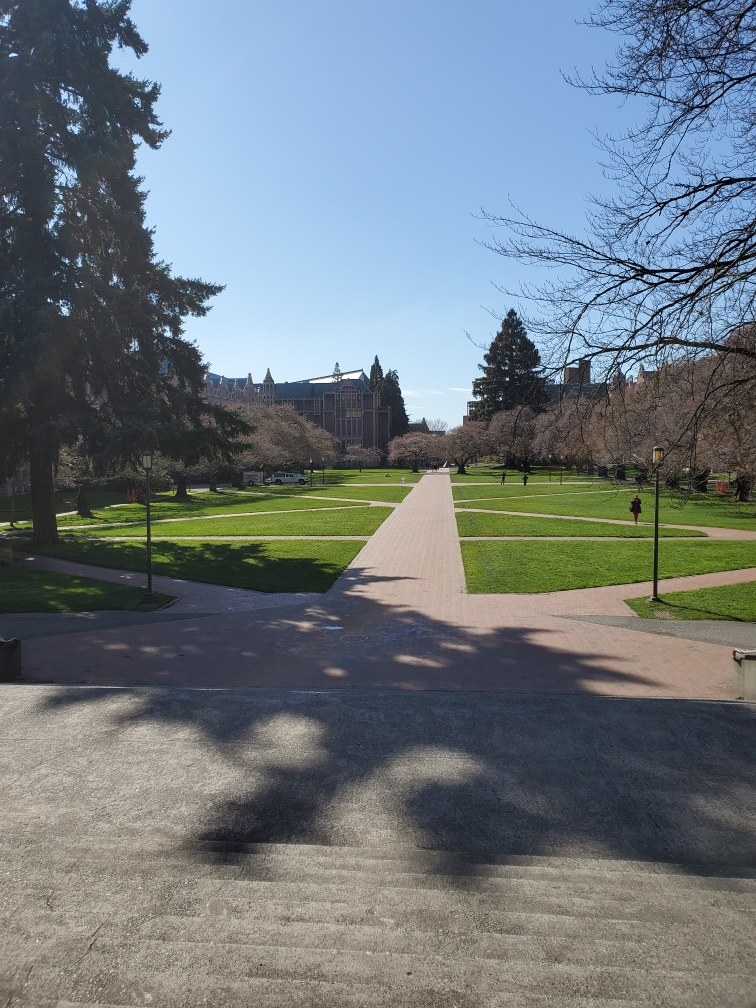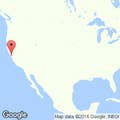
This past weekend, the line of cars at the Serramonte Target in Colma, California, snaked out of the parking lot and ran down the street in a long, frustrated, honking queue. It looked like something you might expect to see in a coastal city just before a hurricane hits. We’re not expecting any hurricanes in California, but we’re certainly feeling on edge. And while the Bay Area is a coronavirus hot spot, this sentiment is universal. The great collective feeling of the day is one of impending doom. And all anyone anywhere wants to know is how bad it’s going to get.
As the number of diagnosed COVID-19 cases and deaths go up by the day and the economic markets slide downward, the entire world is living in a moment of dreadful uncertainty, waiting on a shoe to drop that we don’t yet know the size, or scope, or impact of. There’s a deluge of news coming in nonstop from all quarters of the world. Our phones bing and buzz with near-constant developments — a school closing here, a community on lockdown there — ratcheting up the tension and stress.
Everyone just wants to know what the fuck is coming. Everyone just wants to know what the fuck to do about it.
These next two weeks will be the ones where we start to have a real sense of what this thing entails here in the US. We’re going to start seeing how many people are getting sick, how bad those illnesses are, how many people will need to be quarantined, how many people will need to go to the hospital, how many or how few hospital beds we have, and what kinds of travel restrictions there will be. We’re going to start to get a sense of how many people are going to die. We’re going to start to know how many of those will be people we love.
But right now, and maybe for just a few more days, all of these things are still up in the air. We’re all just waiting around, staring at the cascades of push alerts and text messages from far-flung friends and family lighting up our phones, waiting for something to happen.
That’s largely because we don’t know how much this thing is circulating undetected. There is a cottage industry of COVID-19 sleuths working backward from the number of known cases and deaths in the US to try to calculate how many actual infections exist out there, or how bad things are at this moment in time, by comparing numbers out of China and South Korea and Italy. And the ones that go wide, the ones we all see, are almost universally dire. Yet even aside from the most dire projections, almost all experts agree we’re only seeing the tip of this thing floating above a vast sea full of undetected cases in the US. As one doctor in San Francisco said to me this week, regarding their inability to test people who come in with symptoms, “we are sending people back out with it.”
Whatever the true case count is, as tests become much more widely available this week and next, the known number is certain to explode. We know that. That’s certain. The big looming question is simply: Will we hit that horrible projection of 40% to 70% infected? And if we do, what then?
What’s especially disorienting is that, despite living in the kind of hyperconnected society that makes a fast-moving global pandemic possible, it doesn’t really seem like we have a real grasp on what’s happening in other countries. Looking at the places where the virus has already hit offers clues, both encouraging and not, but we don’t have answers for what that means for the US.
Events unfolding in Italy — where the entire nation just went on lockdown this week and reports indicate hospital beds are in short supply — are completely horrifying. Iran lost a grip on its outbreak almost immediately, and as bad as things appear to be there, they are almost certainly worse. South Korea at least is able to test people in large numbers, and infection rates seem to be slowing. China is now seeing a daily decline in new cases, evidence that this thing can be brought under control. Singapore appears to have stopped the virus dead in its tracks.
And yet the ways China or Singapore achieved that control are maybe untenable here in the US (or it may be too late already). Americans tend to be so much more focused on the individual. Our cultural myths are about self-reliance. (A friend told me last week that her family bought bear spray because “we’re not gun people.”) Getting us to give up travel, or even to stop stockpiling N95 masks, will be tough.
The official response from the US government has not been, exactly, encouraging.
So last year 37,000 Americans died from the common Flu. It averages between 27,000 and 70,000 per year. Nothing is shut down, life & the economy go on. At this moment there are 546 confirmed cases of CoronaVirus, with 22 deaths. Think about that!
China’s government did not intentionally make its economy scream because of a bad flu. And however much better things there seem to be getting, there is no avoiding that this only came after everything became really fucking bleak.
For the past week, I’ve been running a service called Subtext that lets people send text messages back and forth with BuzzFeed News editors about the coronavirus outbreak. We can send updates or ask questions, and they can do the same. People have been sending photos of what’s happening in their communities and sharing brief windows into their lives, and I’ve tried to do the same. When I asked what people are doing to prepare, and how their lives have changed so far, the answer was not much. But when I just asked what questions and fears people had, when I just asked them what they were thinking about, in came a deluge.
“It feels... weird and uncertain,” a 29-year-old woman in Los Angeles texted me. “It's less that I'm scared about getting sick, and more [about] paralysis in making decisions. Should I go to yoga class? Should I cancel the drinks I had scheduled this week? But there's no clear answer for how to make decisions. I understand it's all personal risk tolerance, but I find myself trying to create my own lines, like, ‘if X happens, then yes, I'll cancel coffee. I'm not going to go to a concert, but dinner should be OK, right?’ That kind of thing. We're all looking to leadership - experts, our bosses, the government - for those answers and it's just not there.”

Another person, who lives near the containment zone in New York, texted: “I live in Larchmont and have four school aged kids. Two in public elementary (still open) and two in private (which has closed). I’m keeping all the kids home. I'm not worried about our health but very worried about broader community. Teachers should not be risking their lives to teach my kindergartener to read. It feels like the DoH or whoever makes policy is really pushing their luck. Too many known unknowns.”
And in that vacuum we’re coming up with answers on our own. Sometimes this just means figuring out what we can do to be helpful in our own communities or in our own families. Sometimes it means making the kinds of preparations we normally put off — like making sure our emergency kit is up to date and all our prescriptions are filled.
I didn’t end up going to Target. It was too crowded and looked entirely too much like a measles party for my comfort. Instead I went home and made out my will. It’s something I’ve been meaning to do for a long time.

